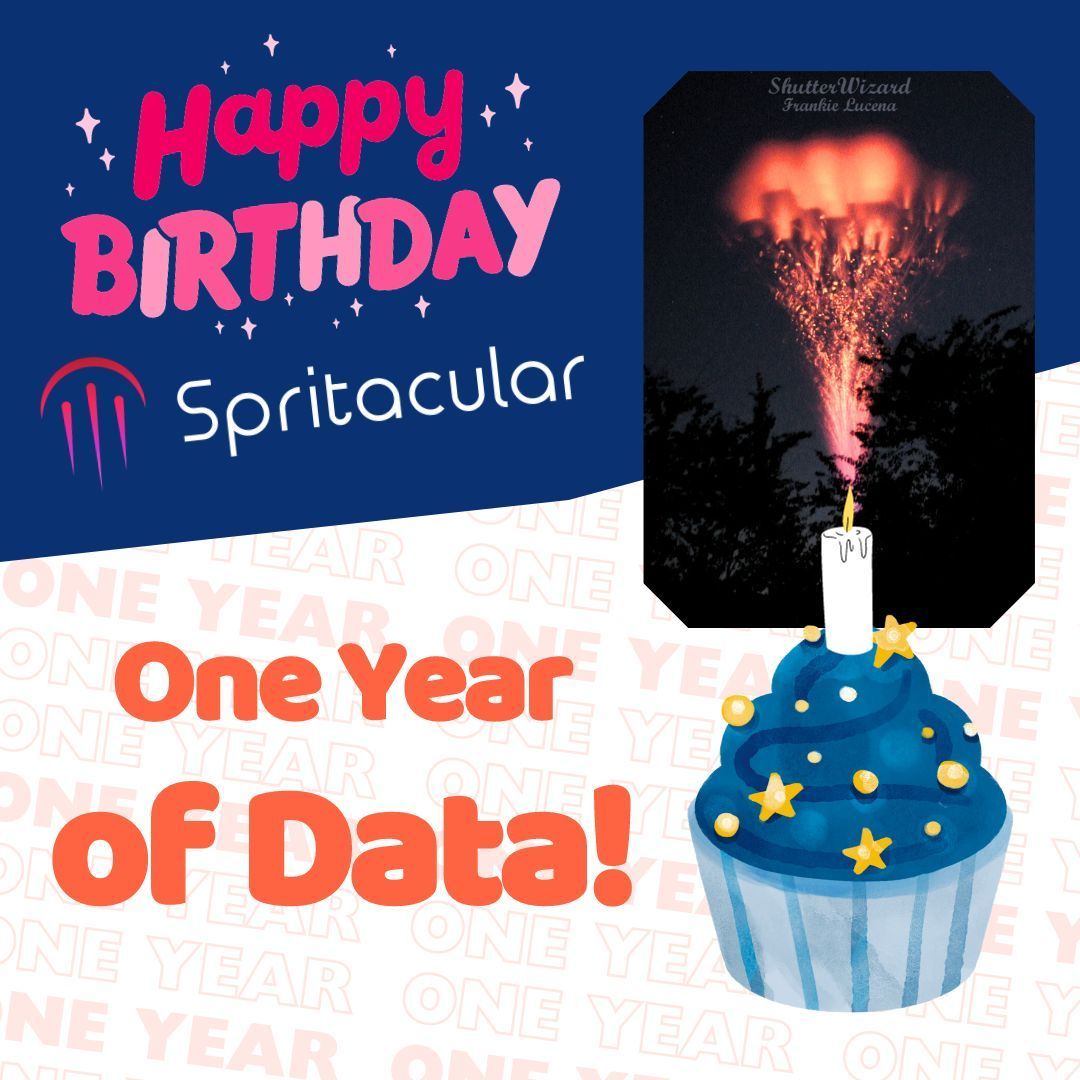1 min read
One Year of Spritacular Science!

Sprites, those beguiling electrical flashes of light above thunderstorms, raise so many questions: Why do they take the shapes they do? What conditions in the upper atmosphere trigger them? How do sprites affect Earth’s global electric circuit, and what is their contribution to the energy in Earth’s upper atmosphere? On October 26, 2022, NASA’s Spritacular project began asking volunteers to help answer these questions. Happy Birthday, Spritacular!
“It has been an amazing journey,” said Dr. Burcu Kosar, space physicist at NASA’s Goddard Space Flight Center in Greenbelt, Maryland and Spritacular principal investigator. “Our community is growing steadily. We have been so thankful for all the participation so far.”
The project has 308 volunteers that have contributed 189 observations from 13 different countries. The database analysis is underway, so stay tuned for some exciting research outcomes!
Have a camera? Join the chase of sprites from the ground, engage with our global community of observers, and contribute your observations for NASA Science!
NASA’s Citizen Science Program:
Learn about NASA citizen science projects
from NASA https://ift.tt/2q7zBMY


No comments:
Post a Comment